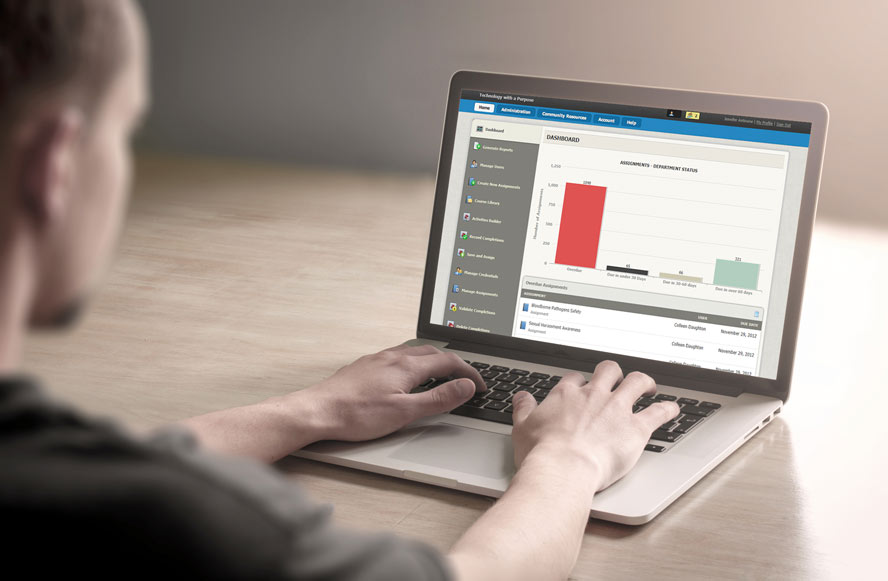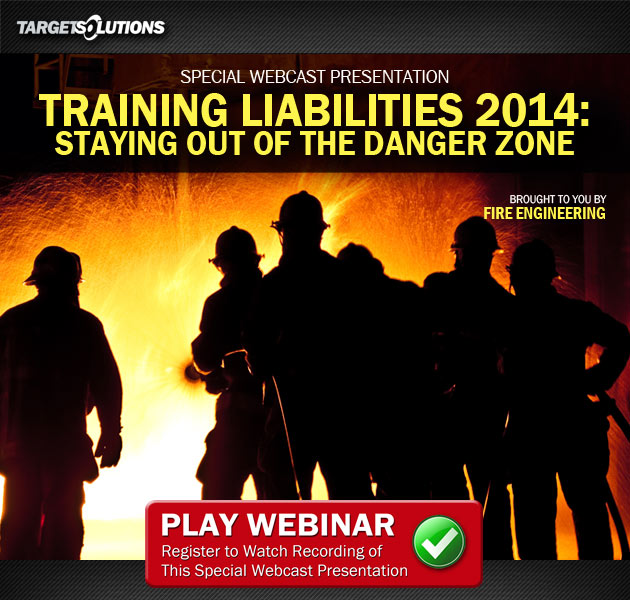Industry Expert Hired as TargetSolutions’ New Law Enforcement Instructor to Bolster Online Law Enforcement Training Catalog
SAN DIEGO – Over the past 30 years, Steve Ramirez has held just about every position possible in
law enforcement. After his time in the Marine Corps, Ramirez served as an officer, investigator, commander, police academy director, and master trainer, just to name a few.
Ramirez worked 10 years as a police chief in three states and was a peace officer in four. He’s been an expert witness and instructor in police leadership, policy, use of force, and counter-terrorism. Ramirez is currently serving as an adjunct professor for criminal justice at Texas Tech University, as well as the University of Texas-San Antonio, after working as the director for law enforcement, homeland security and institutional research for campus preparedness, safety and security for the State of Texas.
If there is one thing Ramirez’s three decades of experience have taught him, he says, it’s that training is critical to police officer effectiveness.
“Training has always been important, but in today’s environment, it’s mandatory for police agencies to understand just how critical training is to successful outcomes,” said Ramirez, who has been hired as TargetSolutions’ new law enforcement instructor. “When decisions must be made in matters of life and liberty, officers rise or fall to the level of their training.”
In his new position with TargetSolutions, Ramirez, who has a master’s degree in human resource development from Palm Beach Atlantic University and completed post-graduate studies in both adult education (George Washington University) and criminal justice (Sul Ross State University), will review TargetSolutions’ online police training catalog, which currently features
more than 240 law enforcement titles.
He’ll also assist in the writing of new course material and will be leveraged as a resource for insight into how police agencies can maximize TargetSolutions’ internet-based training system.
“I am thrilled that Steve will be joining our team,” said TargetSolutions’ Content Architect Jeremy Lynch. “He shares our values and our focus on education, and he places the same strong emphasis as we do on creating a dynamic user experience. He has shown himself to be an extraordinary educator throughout his law enforcement career and has a proven track record.”
In Ramirez’s mind, this is the perfect time to join TargetSolutions as police agencies’ need for
mandatory training is magnified each day.
“There is an opportunity to do great things here at TargetSolutions – not just for TargetSolutions, but for law enforcement,” Ramirez said. “Look at what happened in the press coverage at Ferguson, (Mo.). Too many people are asking, ‘should police be allowed to have all this military gear?’ The real question is if police are trained and led well enough to use that equipment in an appropriate and effective manner. In my view, all too often the answer is no. They are not trained well enough. The key to law enforcement success in the age of terrorism isn’t hardware, it is software. Effective training provides the right software.
“What TargetSolutions brings is not just the ability to meet mandatory training requirements online, but the ability to provide, facilitate, and record training and all of the other compliance activities that are essential to a progressive police department.”
About TargetSolutions
TargetSolutions delivers cutting-edge software applications, engaging online training courses, and world-class customer service. The company was founded in 1999 and today there are more than 2,000 organizations across the country using TargetSolutions’ innovative technology to solve their training challenges. TargetSolutions is headquartered in San Diego, Calif. For more information, please call 1-800-840-8048 or check online at www.targetsolutions.com.
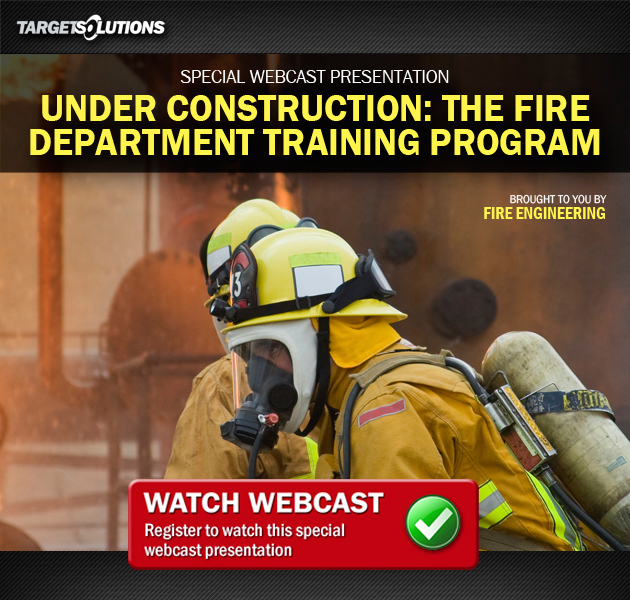




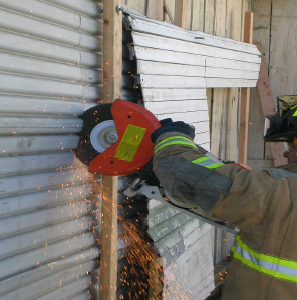
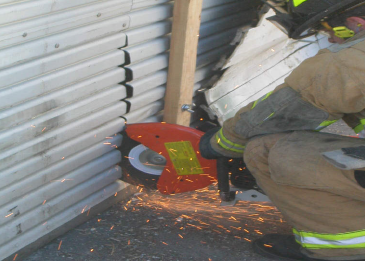


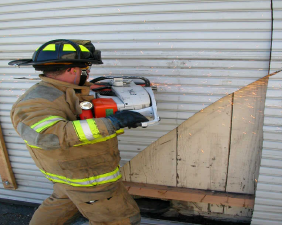

 Ed Hadfield has more than 26 years of fire service experience after rising through the ranks from firefighter to division chief. He is a frequent speaker on leadership, sharing his experiences within the fire service and also with corporate and civic leaders throughout the United States. For more on Hadfield, please check online at www.firetowntrainingspecialist.com.
Ed Hadfield has more than 26 years of fire service experience after rising through the ranks from firefighter to division chief. He is a frequent speaker on leadership, sharing his experiences within the fire service and also with corporate and civic leaders throughout the United States. For more on Hadfield, please check online at www.firetowntrainingspecialist.com.
 Conduct a ‘needs assessment’ to determine your members’ training needs vs. training wants
Conduct a ‘needs assessment’ to determine your members’ training needs vs. training wants
